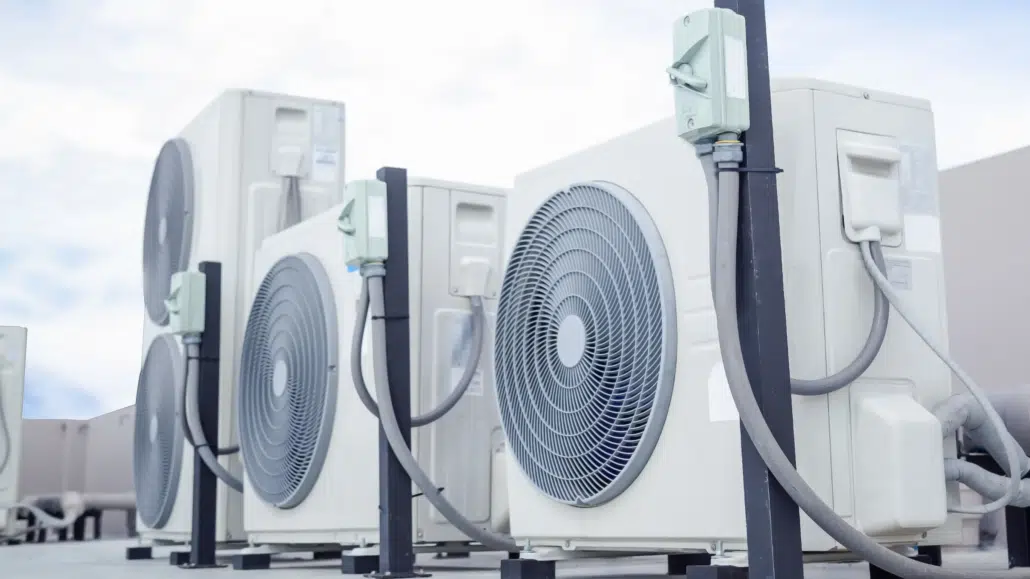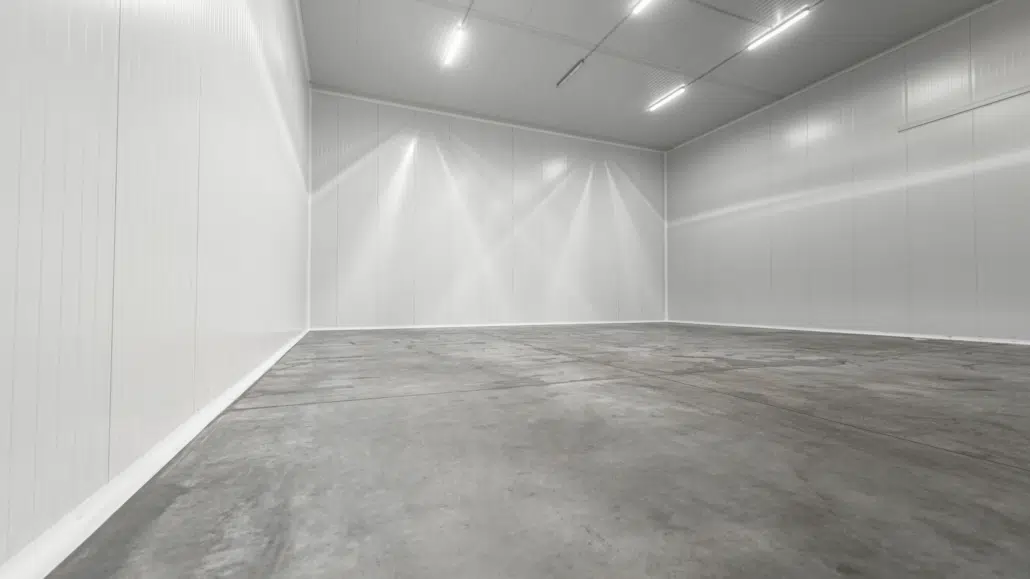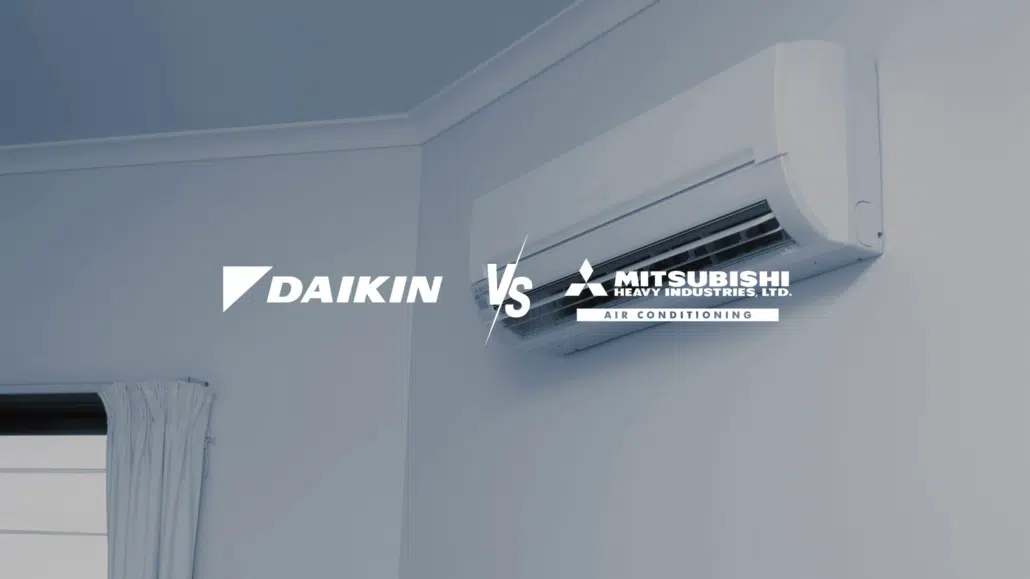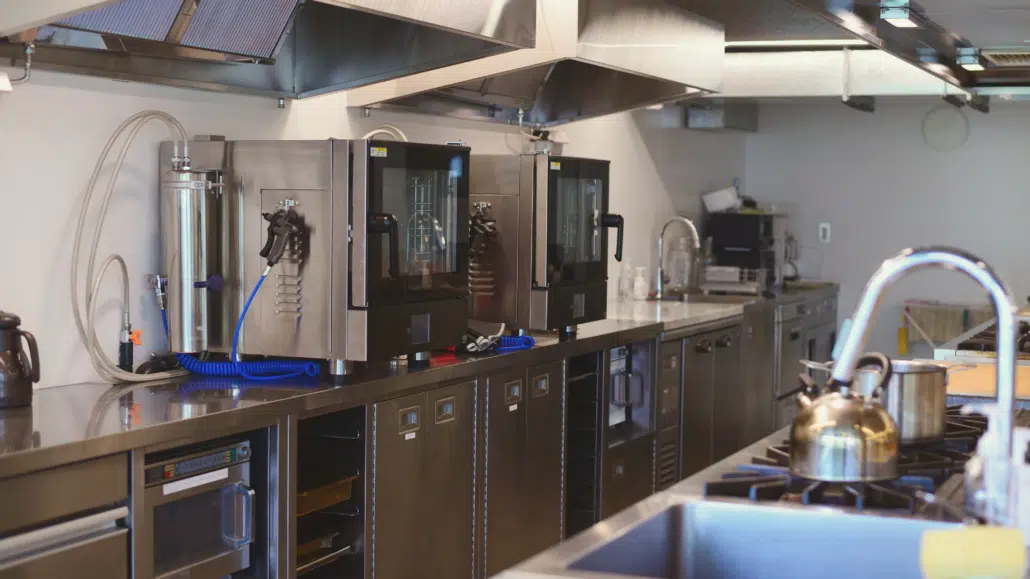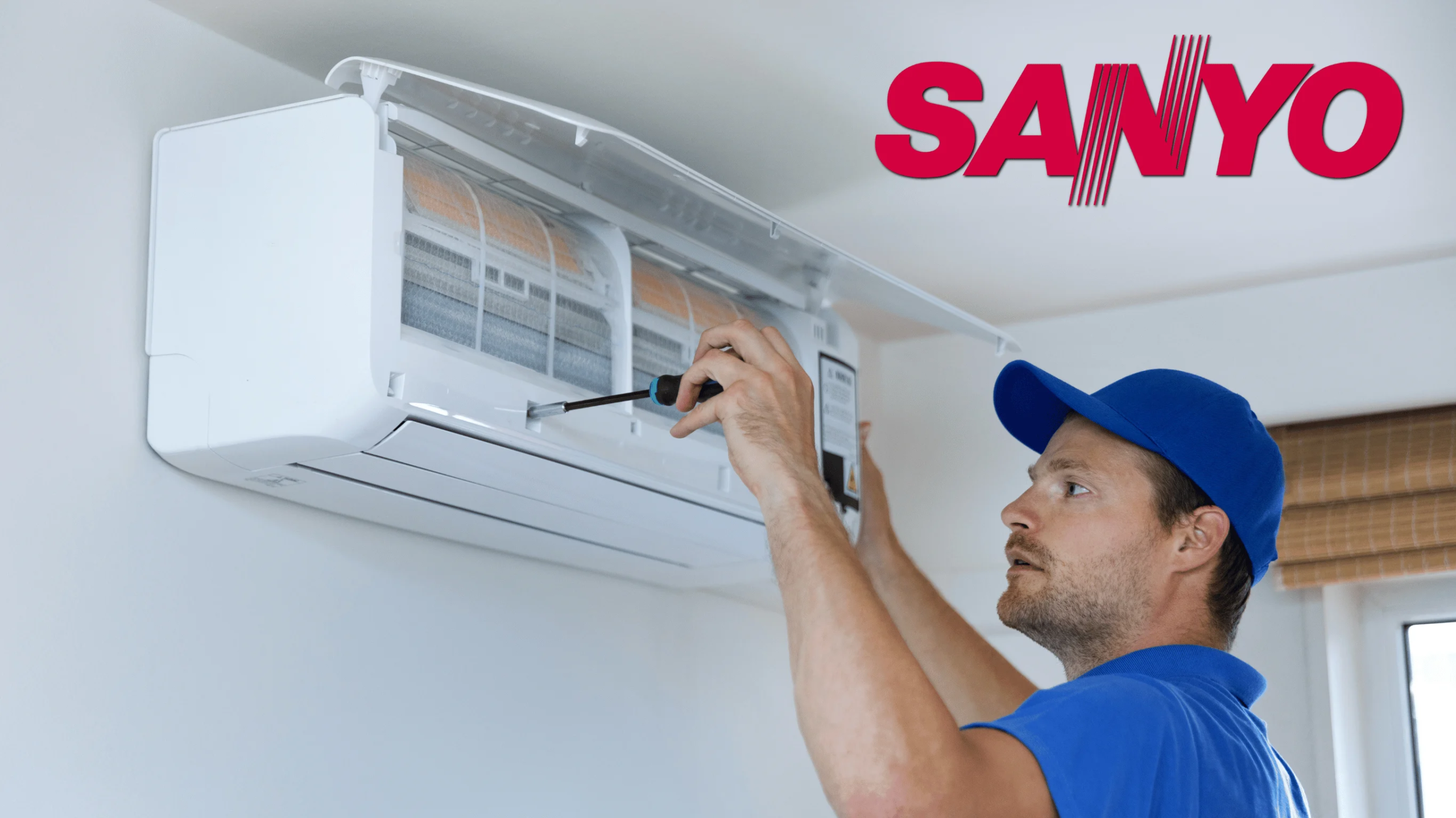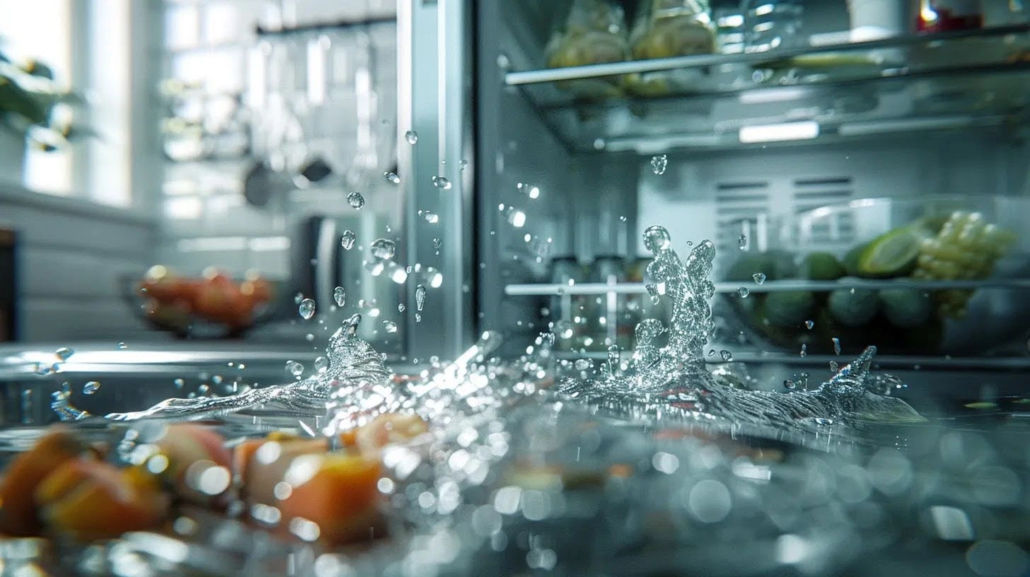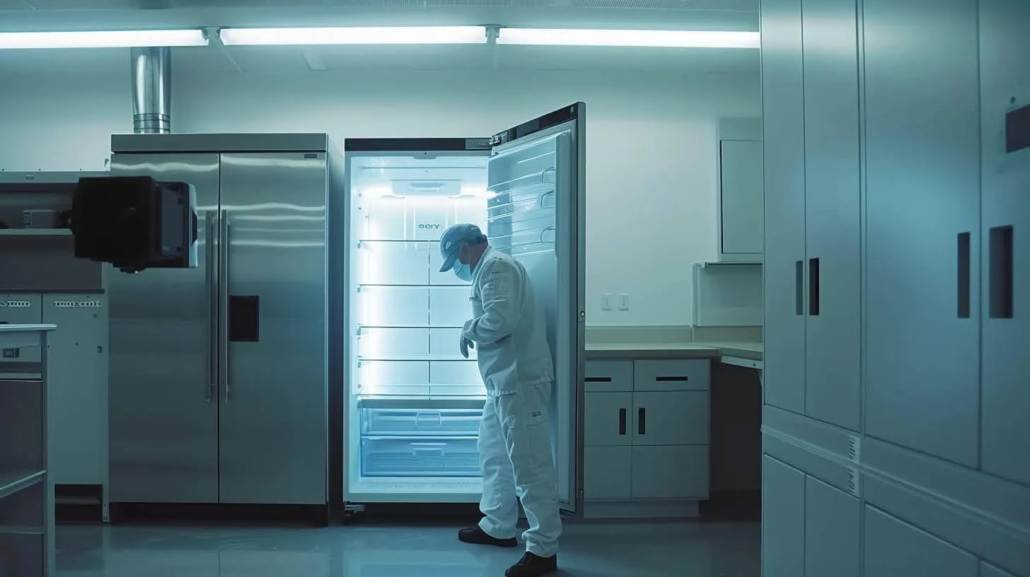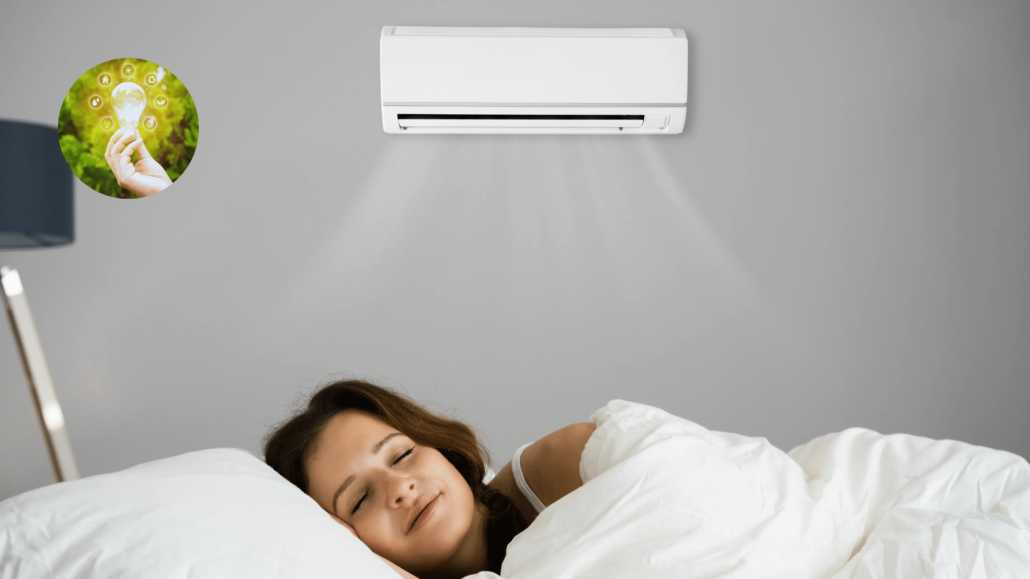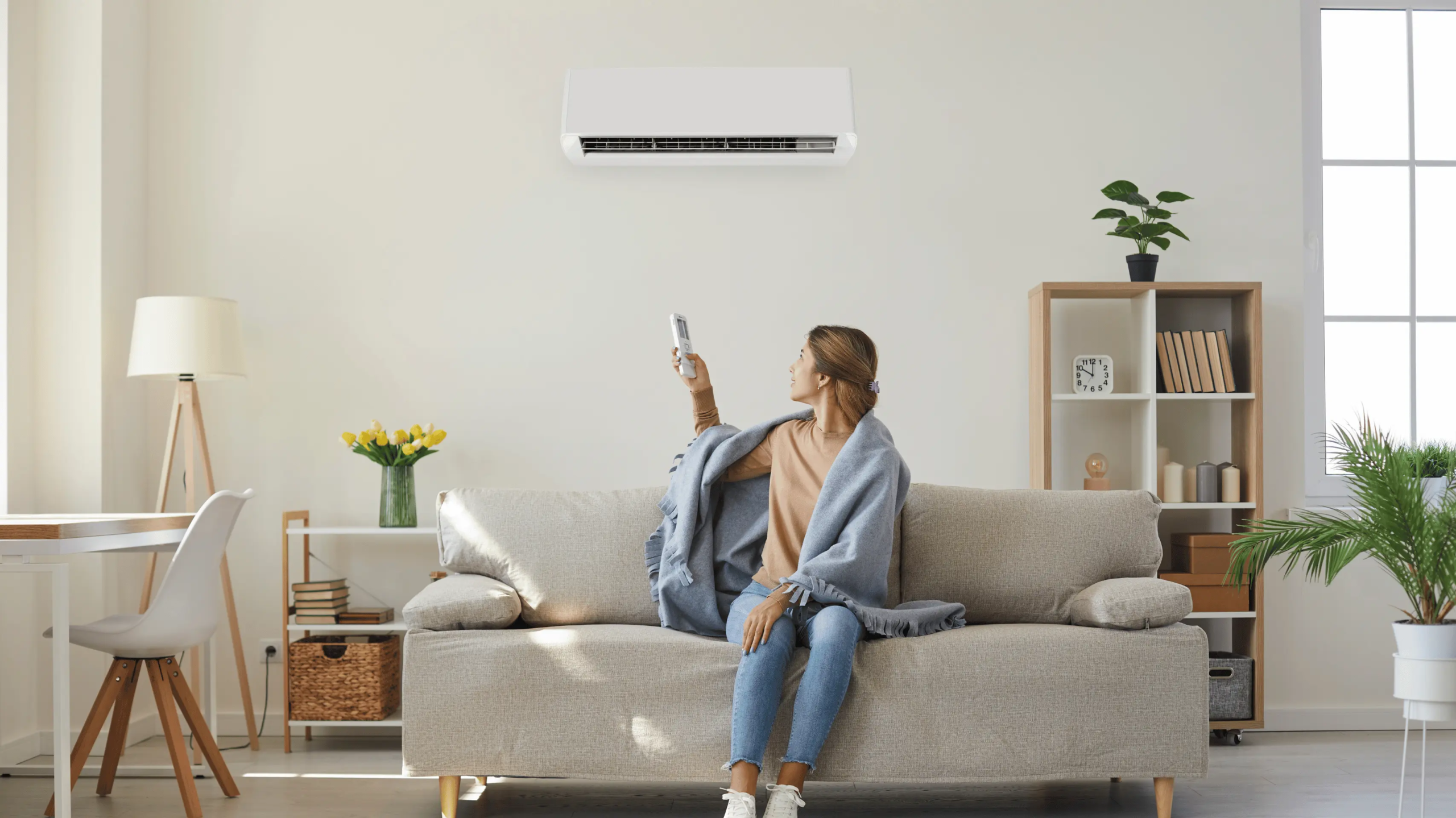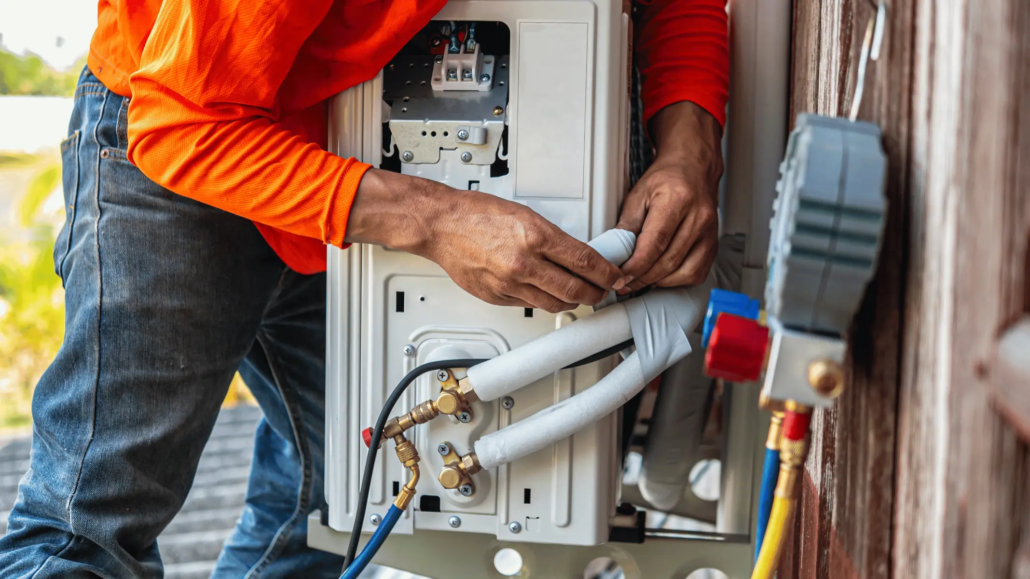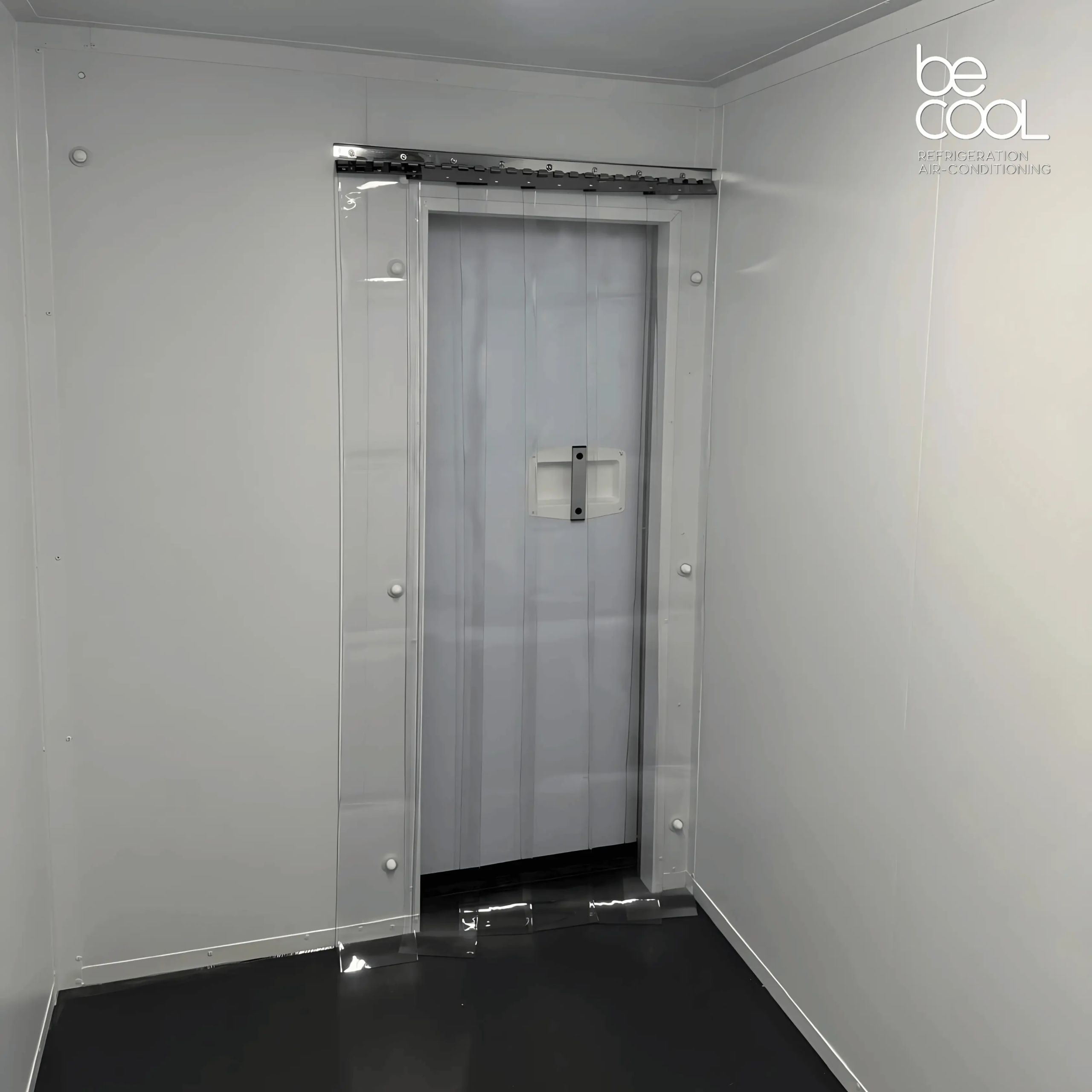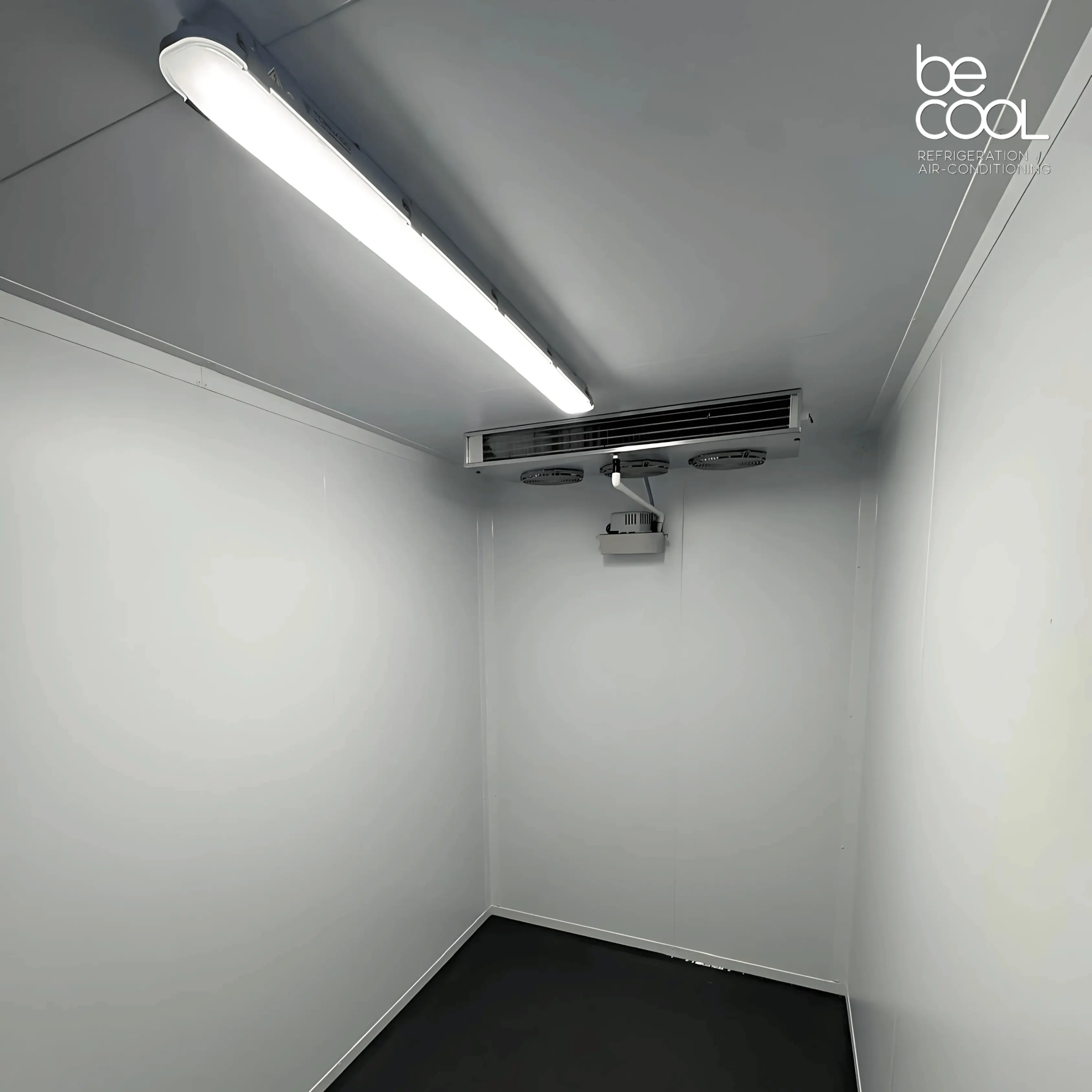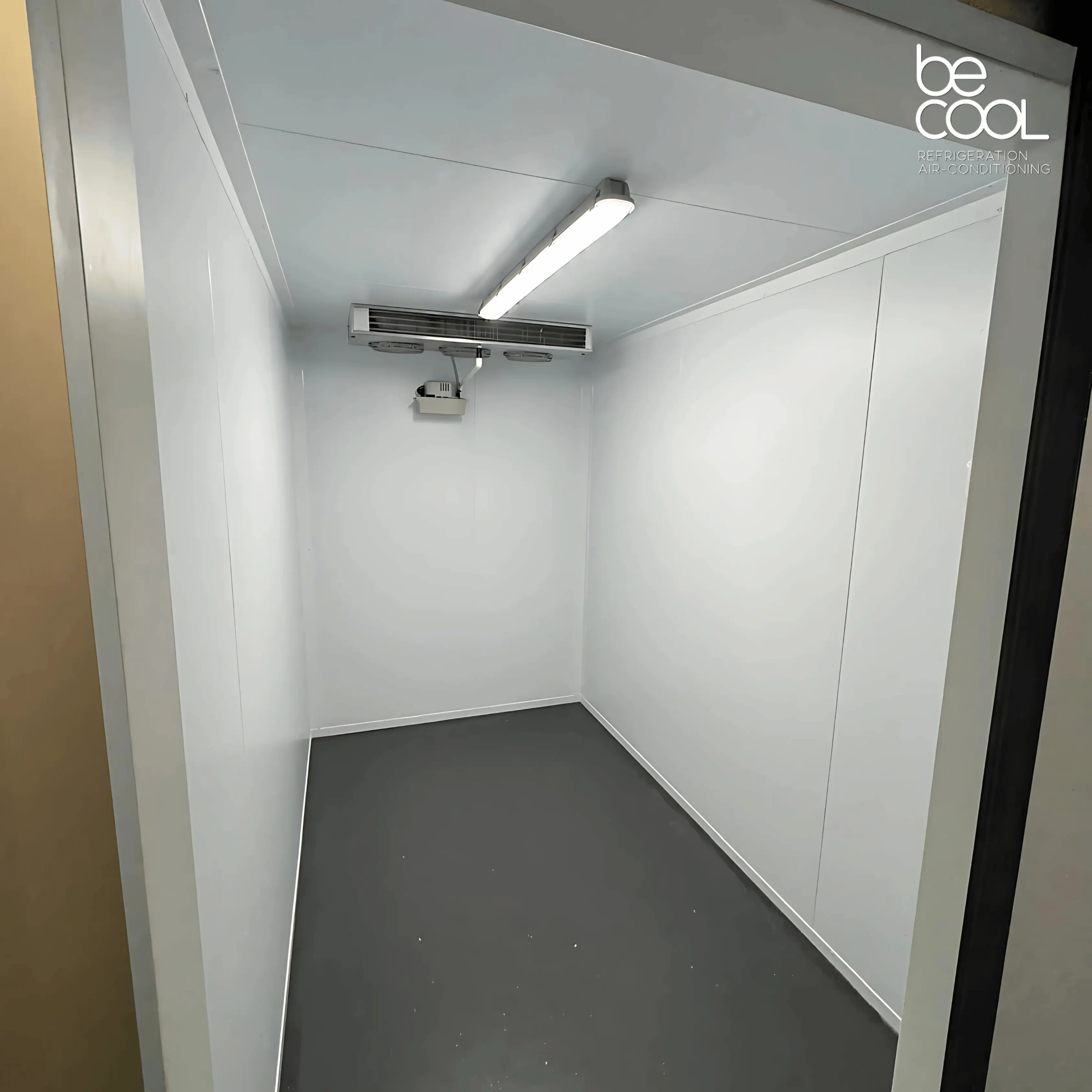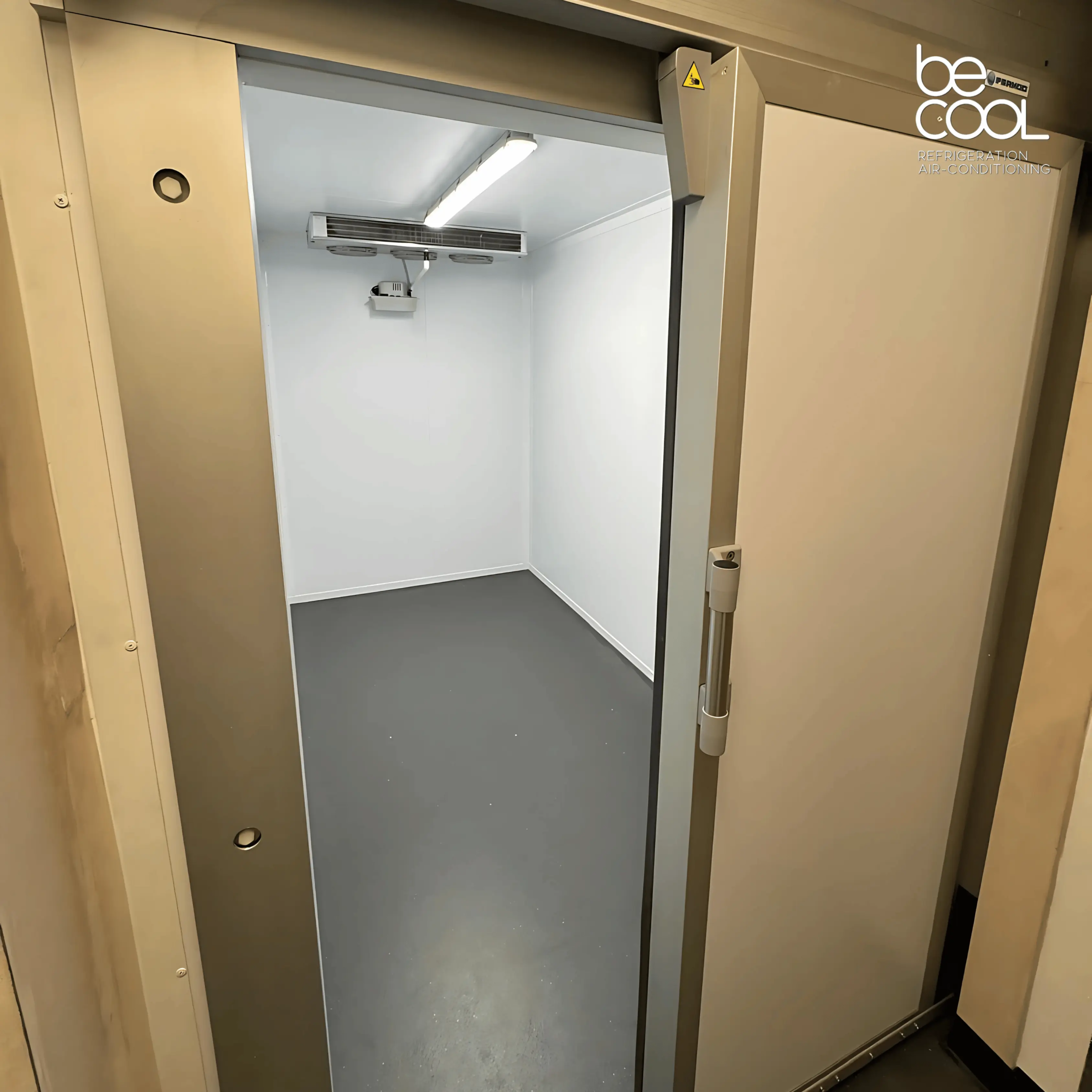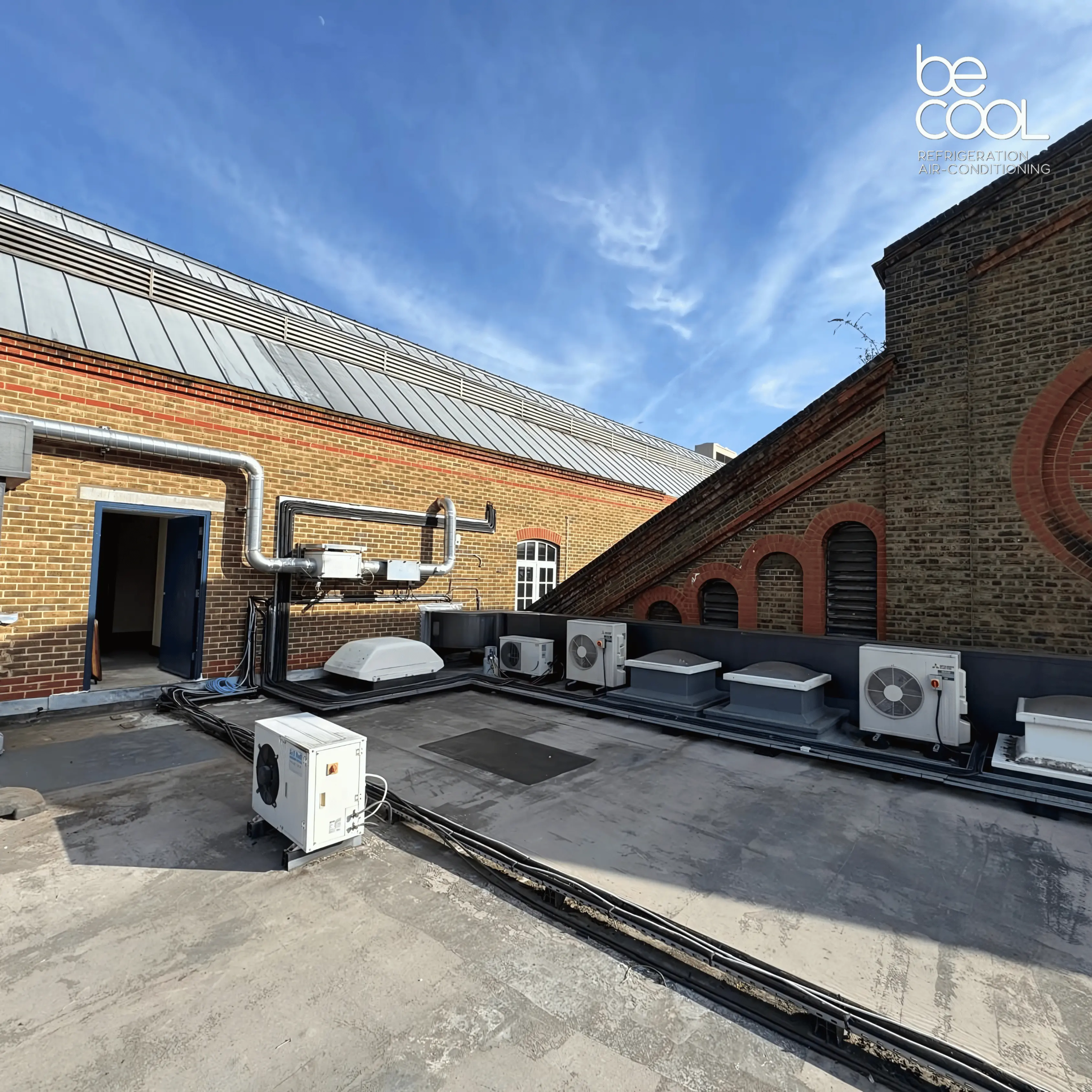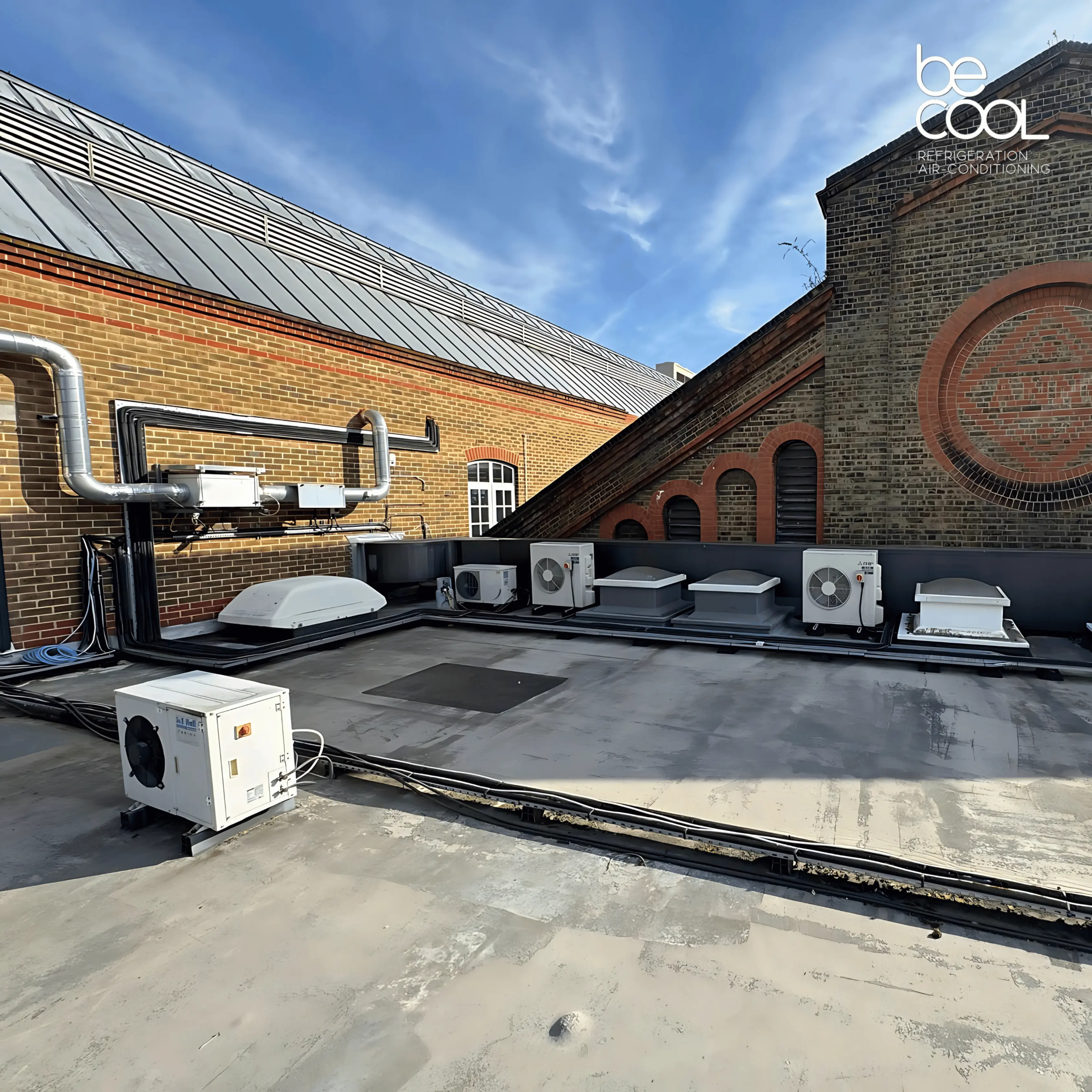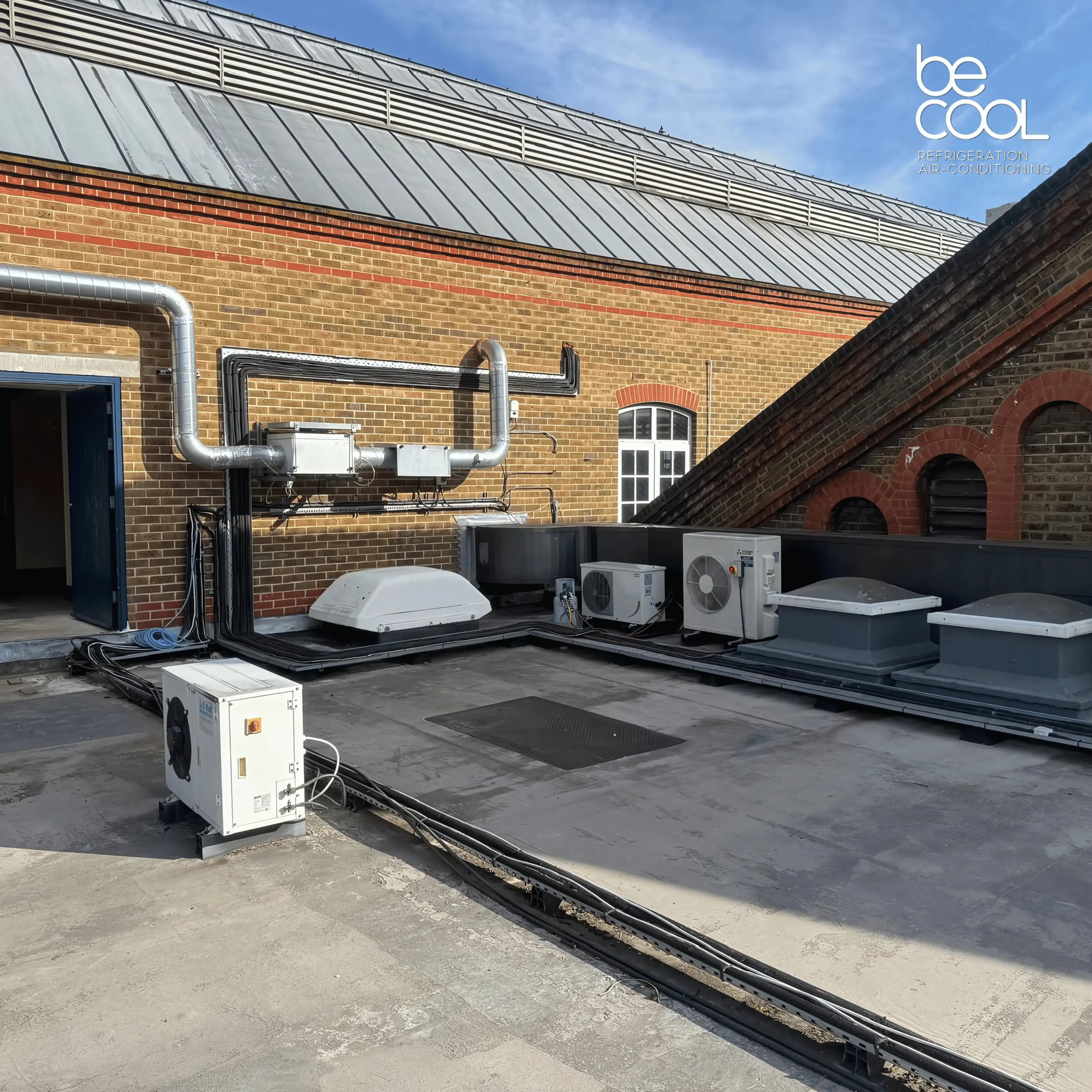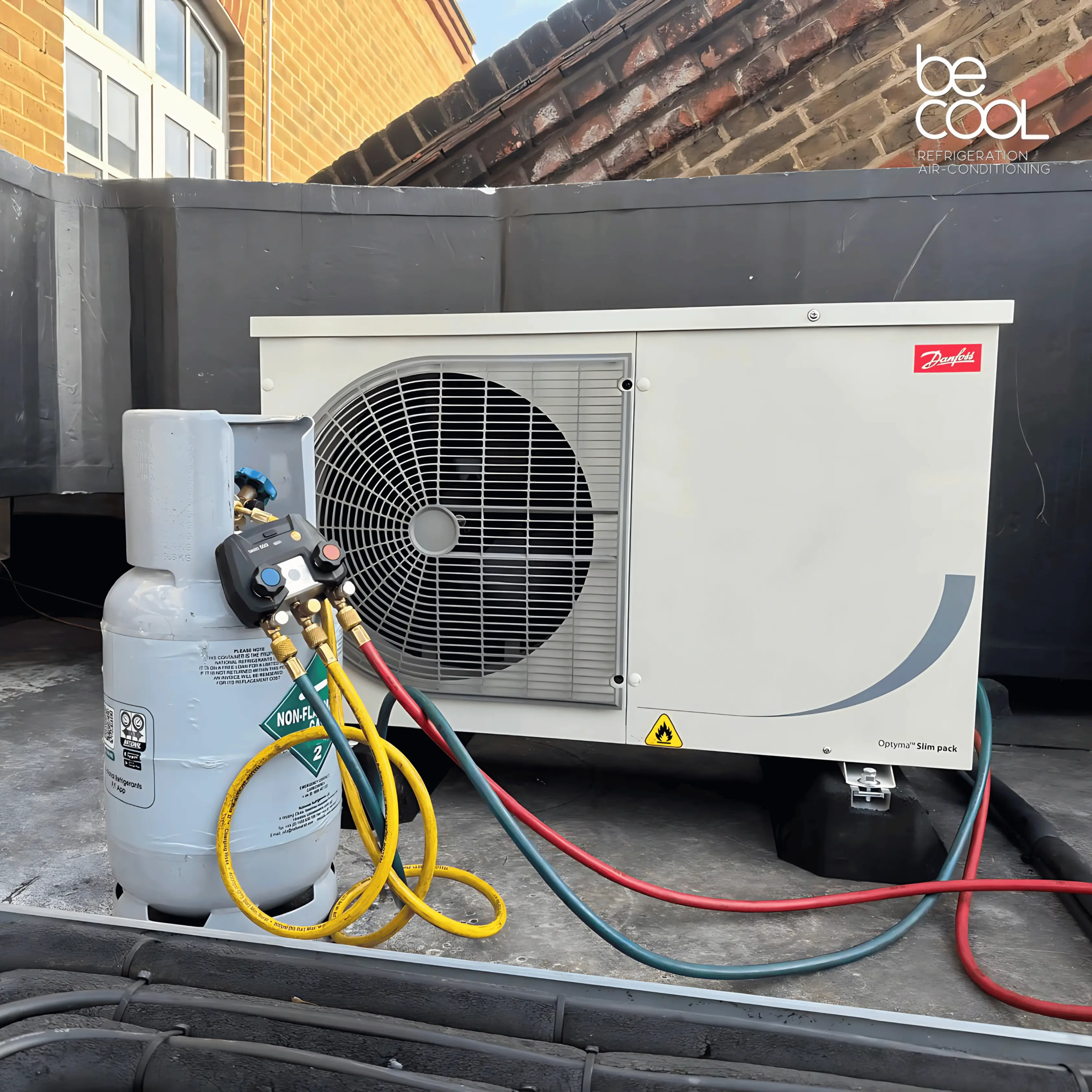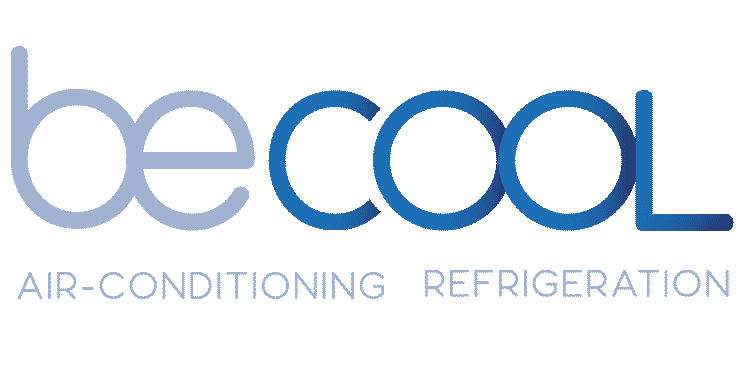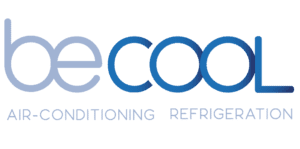Caravell Commercial Refrigeration Error Codes
Commercial refrigeration is designed to work hard quietly and reliably. But like any piece of equipment, sometimes things go wrong. When they do, your Caravell fridge will try to help you out with an error code on its digital display.
Let’s walk through the most common Caravell error codes and what they actually mean simply, clearly, and without the jargon.
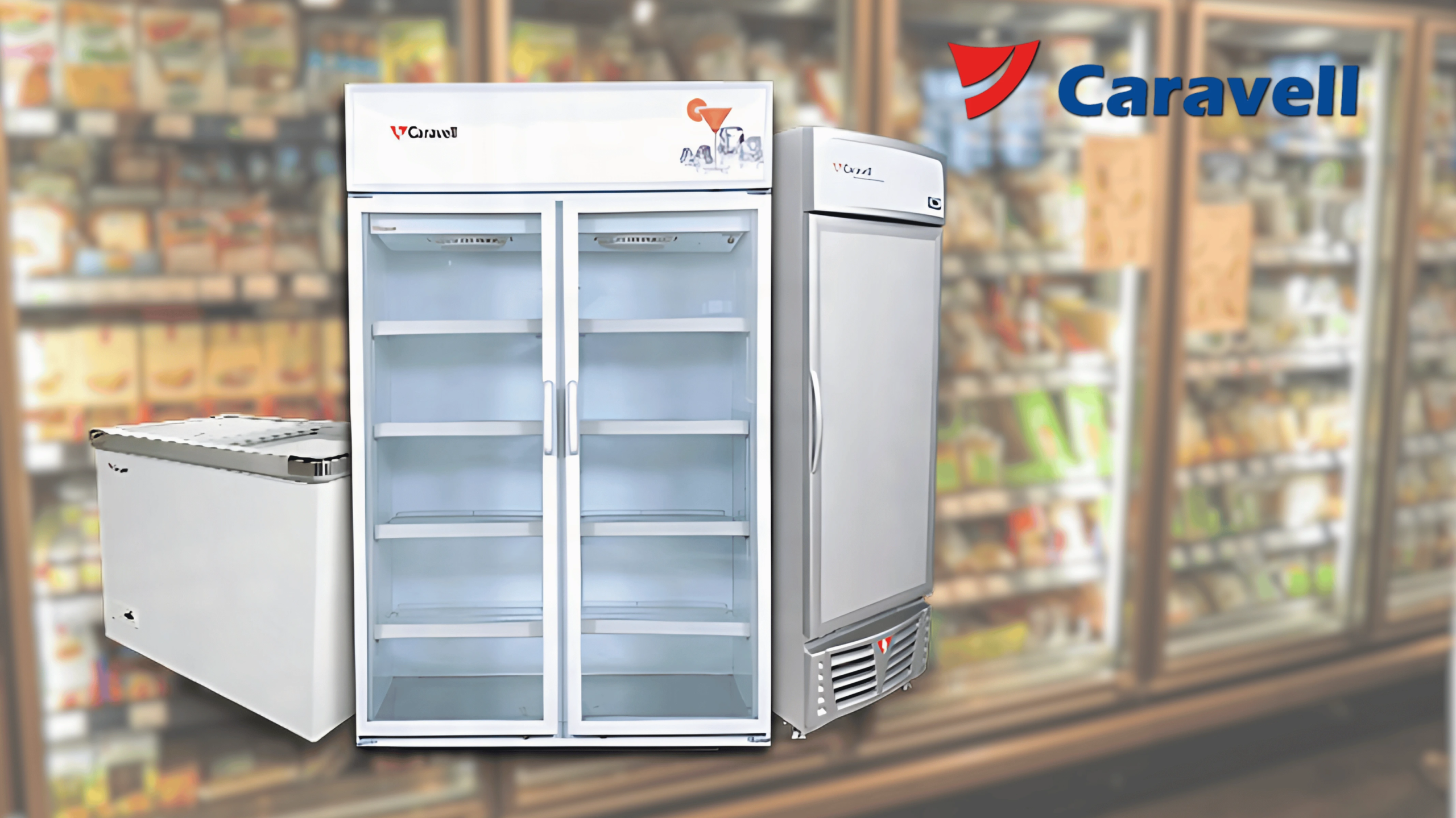
E1 – Temperature Probe Failure (Cabinet)
This code means the internal temperature sensor isn’t working as expected.
What to do:
– Check the wiring and connection of the probe.
– Make sure it hasn’t been dislodged or damaged during cleaning.
– If needed, replace the probe, it’s usually a quick fix.
E2 – Temperature Probe Failure (Evaporator)
This is similar to E1, but for the evaporator coil. This sensor controls the defrost cycle.
What to do:
– Inspect the sensor wiring and placement.
– If the sensor is iced over or damaged, it may need replacing.
E3 – Defrost Timeout
The unit tried to defrost but didn’t finish in time. This usually points to an issue with heating or airflow.
What to do:
– Check that the defrost heater is working.
– Ensure the fans are running freely and not blocked by ice.
– If your fridge is overloaded or blocked at the back, improve airflow.
E4 – High Temperature Alarm
Your cabinet is too warm, above its safe limit.
What to do:
– Check the door is fully closed.
– Make sure the fridge isn’t overloaded or blocked inside.
– Clean the condenser coils (dust build-up is a common culprit).
– If it’s still warm, the compressor or fan might need a closer look.
E5 – Low Temperature Alarm
Opposite of E4, this means your fridge is too cold, which can damage certain stock.
What to do:
– Check the thermostat settings. Has someone accidentally changed them?
– Inspect the probe and controller.
– It may be running a longer refrigeration cycle than needed.
E6 – Controller Communication Error
This indicates a fault between the controller and one of the sensors or components.
What to do:
– Restart the unit.
– If the error returns, it could be a controller board issue. You may need a technician.
Bonus Tip: Resetting the Unit
Sometimes, a quick reset helps. Turn off the power at the mains, wait 30 seconds, then power it back on. If the error persists, follow the steps above.
Keep It Simple. Keep It Running.
Caravell refrigeration is built to perform. These error codes are just its way of asking for a bit of help. A regular maintenance routine cleaning the condenser, checking door seals, keeping airflow clear can prevent most issues before they start.
If you ever feel out of your depth, contact a certified refrigeration engineer. A good system deserves expert hands.
Blog Categories
Recent Blog Post
VRF Air Conditioning: Your Complete Guide
Enhance Climate Control with Advanced VRF Air Conditioning Variable Refrigerant Flow (VRF) air conditioning offers…
Top 20 Cold Room Manufacturers in the UK (2025 Update)
Top 20 Cold Room Manufacturers in the UK (2025 Update) Whether you’re running a restaurant,…
Daikin vs Mitsubishi – the 2025 UK Buyer’s Guide
Daikin vs Mitsubishi – the 2025 UK Buyer’s Guide A Be Cool Refrigeration deep‑dive Why…
Inverter vs Non Inverter AC
Inverter vs Non-Inverter AC: Your Friendly Guide to Smarter Cooling Choosing the right air conditioner…
How Much Does a Blast Chiller Cost?
How Much Does a Blast Chiller Cost? UK 2025 Price Guide & Buyer Tips Ever…
